The Future of Urbanism

Patrik Schumacher, Principal of Zaha Hadid Architects, discusses high-rise, topology optimisation and vertical urbanism in his inspiring Master Lecture at HKDI.
Following HKDI's flagship exhibition of the year, Zaha Hadid Architects: Vertical Urbanism, the institute presents an online Master Lecture on ZHA (Zaha Hadid Architects).
The event opens with a lecture given by Patrik Schumacher, Principal of ZHA, followed by a roundtable discussion session. Simon Yu, Director of Zaha Hadid Architects in Hong Kong also sits at the panel alongside of seven other panelists hailing from diverse backgrounds, including architects like Florence Chan, Ar. Donald Choi, Dennis Ho and Anderson Lee, also M+ Curator of Design & Architecture, Shirley Surya and Director of School of Architect in The Chinese University of Hong Kong, Professor Hendrik Tieban.
In the lecture, audience gets an invaluable experience of Schumacher himself introducing and explaining the ideas behind the ZHA style of vertical urbanism. He examines how urbanism and high-rise typology has evolved from the Le Corbusier kind of rigid hierarchical structures and shares his view on how urbanism should focus on the more complex issues in society today.
ZHA spots the changes happening in socioeconomic dynamics, patterns of life, ways of working and collaborations and addresses them through design. The stylistic output from ZHA is one of a kind, but the more exciting and inspiring aspect about it is achieving the sense of monumental yet seamless and almost "invisible" at the same time – monumental in terms of its breathtaking appearance, and invisible in terms of how it smoothly adapts to the urban fabric and connects each internal programme together.
In a ZHA building, the top-down bureaucratic layout no longer exists. Instead, one finds interdisciplinary communication and spatial equality achieved by abundant atriums, bridges and programme-filled voids; vertical movements are replaced by internal connectiveness through interlacing paths; porous structures allow for ample visibility from the inside. A clear view of the top floor right from the ground level is even made possible. While the people inside can always find a way to reach the outer urban fabric, the meticulous use of curtain walls also allow those outside of the building to witness the vigourous internal ecosystem.
As an avid advocator for parametricism, Schumacher also offers audience a peek into topology optimisation as both a stylistic and functional solution to building more efficient, cohesive and interconnected urban fabrics.
"Vertical urbanism is also a three-dimensional city." Schumacher says, "It is a very Hong Kong idea." He zooms in on a few of the Asian projects ZHA has worked on over the years, including the unrealised Peak Clubhouse proposal, the more recent exoskeleton Morpheus Hotel in Macau and the Innovation Tower at The Hong Kong Polytechnic University.
The Henderson in Central is ZHA's latest construction in Hong Kong after the Innovation Tower almost a decade ago. We are looking forward to seeing changes in society reflected on this ZHA design and how it can bring more diversity, vibrancy and interconnections to one of the busiest cities in the world.
Others
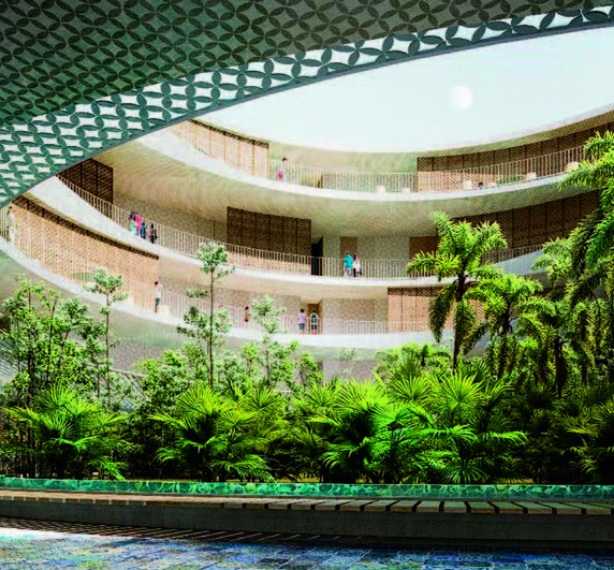
Latest News | 1 January 2023
Mario Cucinella on Green Architecture

Latest News | 1 January 2023
VR for Pain Management
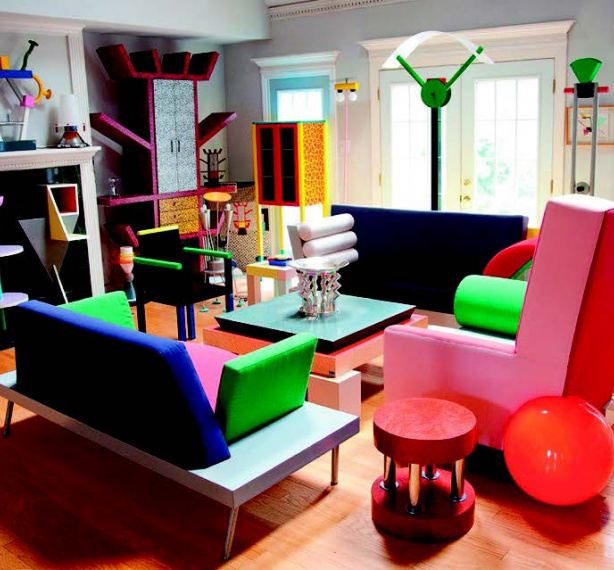
Latest News | 1 January 2023
Beyond Design

Latest News | 1 January 2023
A Feel for the Future of Bioengineering

Latest News | 1 January 2023
Sampling the Future of Fashion

Latest News | 1 January 2023
A Step Beyond Wrapping Products
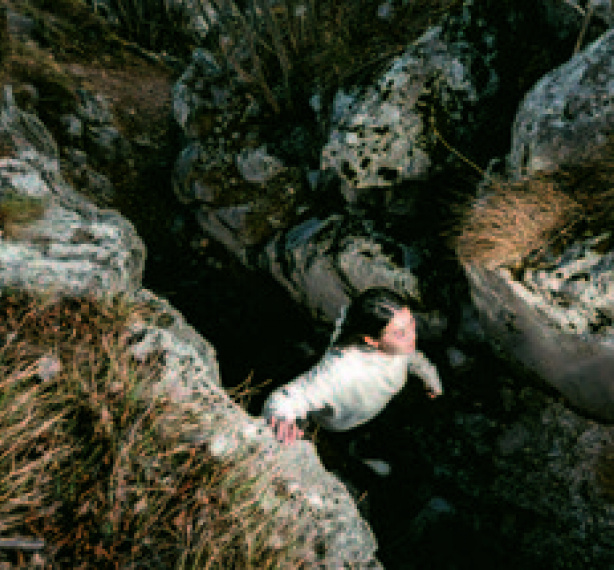
Latest News | 1 January 2023
Spider-Inspired Eco-Fabric

Latest News | 1 January 2023
Fungi Stakes a Claim in the Luxury Market

Latest News | 1 January 2023
Rethinking the Everyday: Material Non Material

Latest News | 1 January 2023
Why Digital Materials are Critical to the Future of Fashion
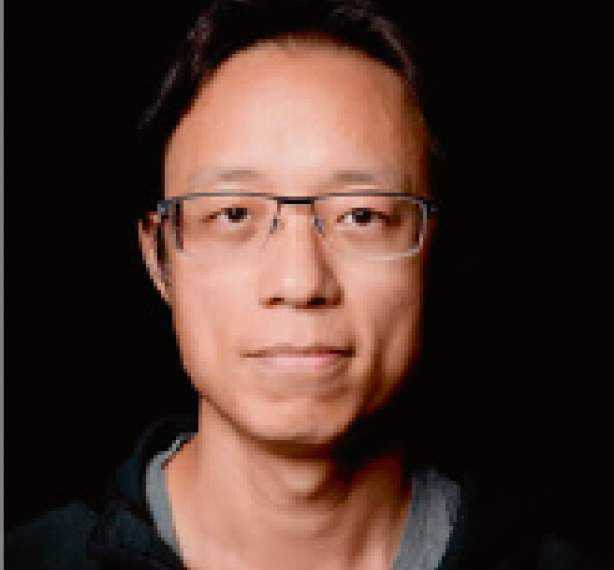
Latest News | 1 January 2023
The True Metaverse will be Decentralized
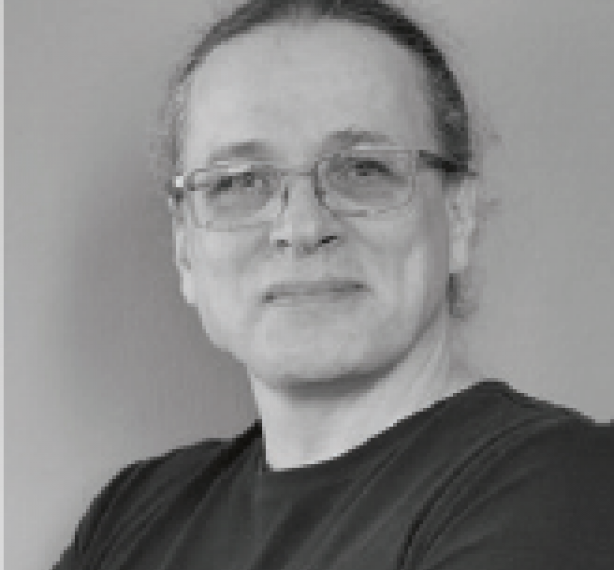
Latest News | 1 January 2023
Game Changer Artificial Intelligence, from Automation to of Digital Systems

Latest News | 1 January 2023
Sustainability in Education

Latest News | 1 January 2023
The Tree Project Vision
Latest News | 1 January 2023
test
